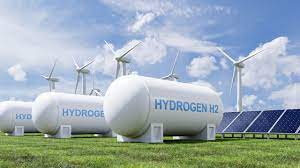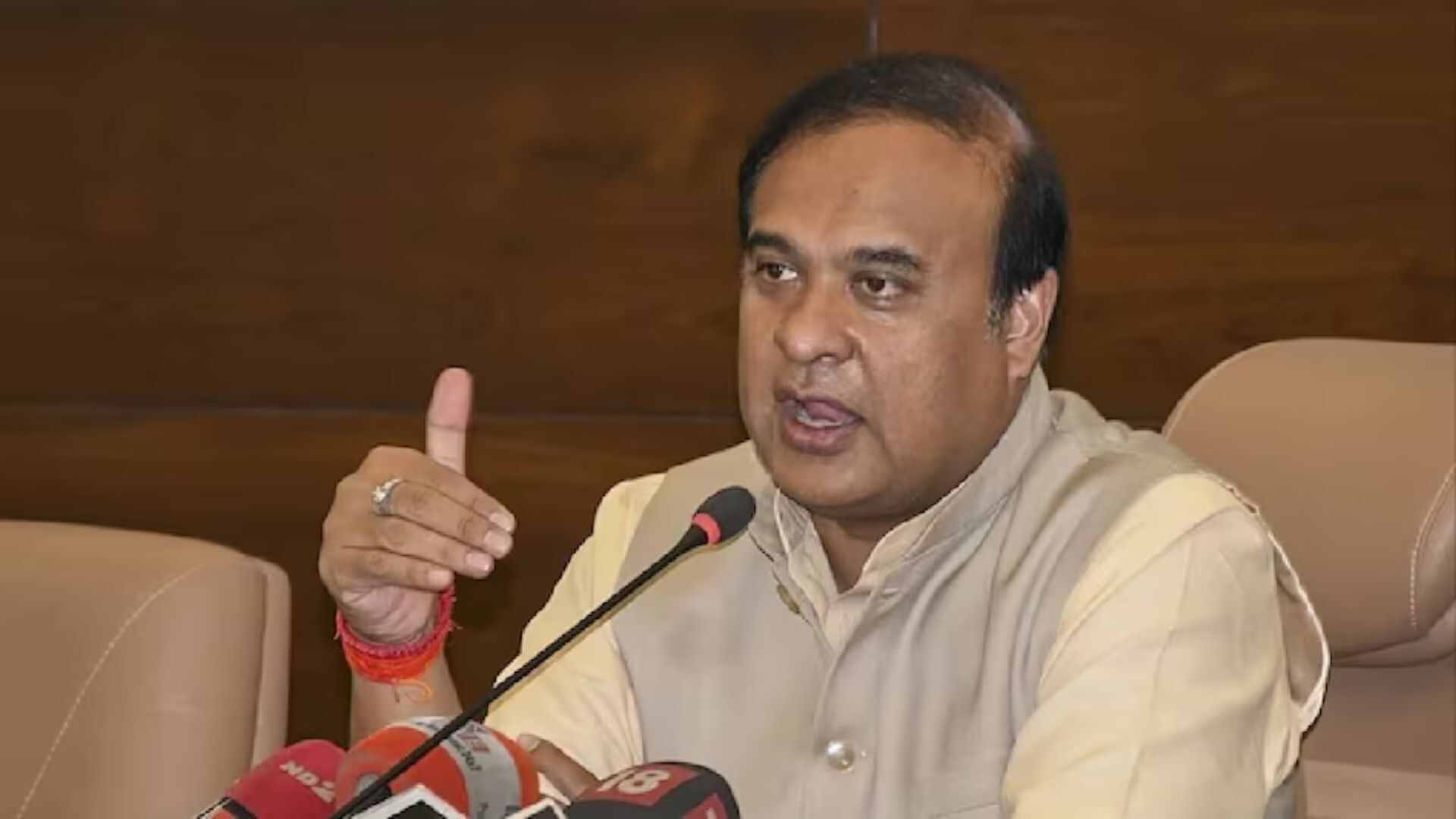In a landmark move towards a sustainable and greener future, the Indian government is contemplating a significant policy shift that could have far-reaching implications for the environment and the economy. The proposal to permit the accrual of carbon credits for exported green hydrogen and green ammonia is a visionary and revolutionary step that demonstrates India’s commitment to combating climate change while capitalizing on its renewable energy potential. This is poised to usher a new India, marked by sustainable growth, global leadership in renewable energy and a brighter future for both industry and consumers.
India aims to become a global hub for green hydrogen, producing 5 million metric tonnes annually by 2030 and becoming net zero by 2070. To meet this goal, the Indian government announced National Green Hydrogen Mission, 2023 and Green Hydrogen/Green Ammonia Policy, 2022. Several companies have already started investing in green hydrogen plants to take the first mover advantage. For example, National Thermal Power Cooperation (NTPC), Reliance Industries, Adani Enterprises, Gas Authority of India Limited (GAIL), Larsen and Toubro (L&T), Bharat Petroleum Corporation (BPCL) and Indian Oil Corporation (IOC) have already announced several projects.
The Strategic Interventions for Green Hydrogen Transition (SIGHT) scheme has enabled bidding for setting up green hydrogen manufacturing capacities. The government is pushing companies to reduce carbon emissions and save import bill on fossil fuels. The government’s proposal encourages all industry captains to transition from conventional thermal energy sources to renewables. This encouragement must be translated to a strong incentive for industry so as to accelerate the expected transition. Early this year, an incentive of an order of Rs 175 Billion was approved which would help the companies cover around 10% of the cost of producing green hydrogen. This shift not only reduces carbon emissions but also positions India as a global leader in clean energy production. This further emphasizes the development of a power system that is stable and affordable to both industries and consumers. This means a more reliable and efficient energy supply that benefits everyone while reducing environmental impact, carbon footprint and promote eco-friendly energy alternatives. However, such examples are needed to be exhibited from developed countries and expand such practices to the global investors specifically the developing and underdeveloped nations.
India is rapidly emerging as a manufacturing powerhouse for renewable energy technologies and steadily positioning itself for global energy solution provider. By promoting the production of green hydrogen and green ammonia, we are not only reducing our carbon footprint but also creating new economic opportunities and jobs. With this forward-thinking policy, India is set to attract substantial investments in the renewable energy sector, further boosting the ‘Make in India’ initiative and becoming ‘Atmanirbhar Bharat’. For example, the Indian government is negotiating with European Union, Korea, Japan, and other countries to export this green fuel. International investors are increasingly interested in countries committed to sustainable development, and India’s potential is undeniable.
This is similar to the spirit of International Solar Alliance (ISA) which was conceived during the side-lines of the 21st Conference of Parties (COP21) to the United Nations Framework Convention on Climate Change (UNFCCC) held in Paris in 2015. It aims to mobilise USD 1,000 billion of investments in solar energy solutions by 2030. The alliance is growing leaps and bounds with particular focus on delivering impact in countries categorized as Least Developed Countries (LDCs) and the Small Island Developing States (SIDS). Being a global platform, ISA’s partnerships with multilateral development banks (MDBs), development financial institutions (DFIs), private and public sector organisations, civil society and other international institutions is the unique deliverable. In similar lines is the Coalition for Disaster Resilient Infrastructure (CDRI), is a global multi-stakeholder partnership that aims to build resilience into infrastructure systems to ensure sustainable development. The Hon’ble Prime Minister Narendra Modi launched CDRI during his UN Climate Summit speech back in 2019. Today, it participates with national governments, United Nation (UN) agencies and programmes, multilateral development banks and financing mechanisms, the private sector, academic and knowledge institutions to achieve the larger goals.
The proposed intervention lays the foundation for India to become a global champion in renewable energy. Our vast natural resources and geographical diversity, combined with cutting-edge technologies and visionary policies, position us to lead the world in the transition to clean energy. The proposal also includes the establishment of a platform to track energy transition investments on a grand scale. In the era of global collaboration for combating climate change, transparency and accountability are essential to ensure that investments are channelled effectively into the renewable energy sector. This would pave way for creating jobs, simulating economic growth and driving innovation.
The two major challenges are the cost of production of green hydrogen discourage smaller companies from participating in the green hydrogen mission and the touch competition from heavily subsidised markets such as China and the USA. Perhaps one of the most exciting aspects of this policy is the potential for round-the-clock (24/7) renewable energy production at an affordable cost of just about Rs. 6 per unit when green hydrogen is used for storage. This could revolutionize the energy landscape while paving the way for energy independence, making clean power accessible to all. This policy shift is not just about reducing carbon emissions; it’s about fundamentally reshaping India’s energy landscape and economy. It aligns with our international commitments to combat climate change and demonstrates our determination to take a leadership role in the global transition to renewable energy. However, it’s essential to recognize that implementing the full potential of green energy in India will require concerted efforts from all stakeholders, including government bodies, industries, and the public. We must invest in research and development, infrastructure, and workforce development to fully harness the potential of green hydrogen and ammonia. As we move forward with monumental leap towards a sustainable and prosperous future, we can be proud of the role India is playing in shaping a sustainable and greener future for our planet. This is not just an economic opportunity but a moral imperative. It’s not just a policy change; it’s a vision for a greener, brighter, and more sustainable tomorrow. Let us seize this moment to secure a brighter, cleaner, and more prosperous future for generations to come.
P K Joshi is Professor with School of Environmental Sciences, Jawaharlal Nehru University, New Delhi. The comments here are personal opinion.







